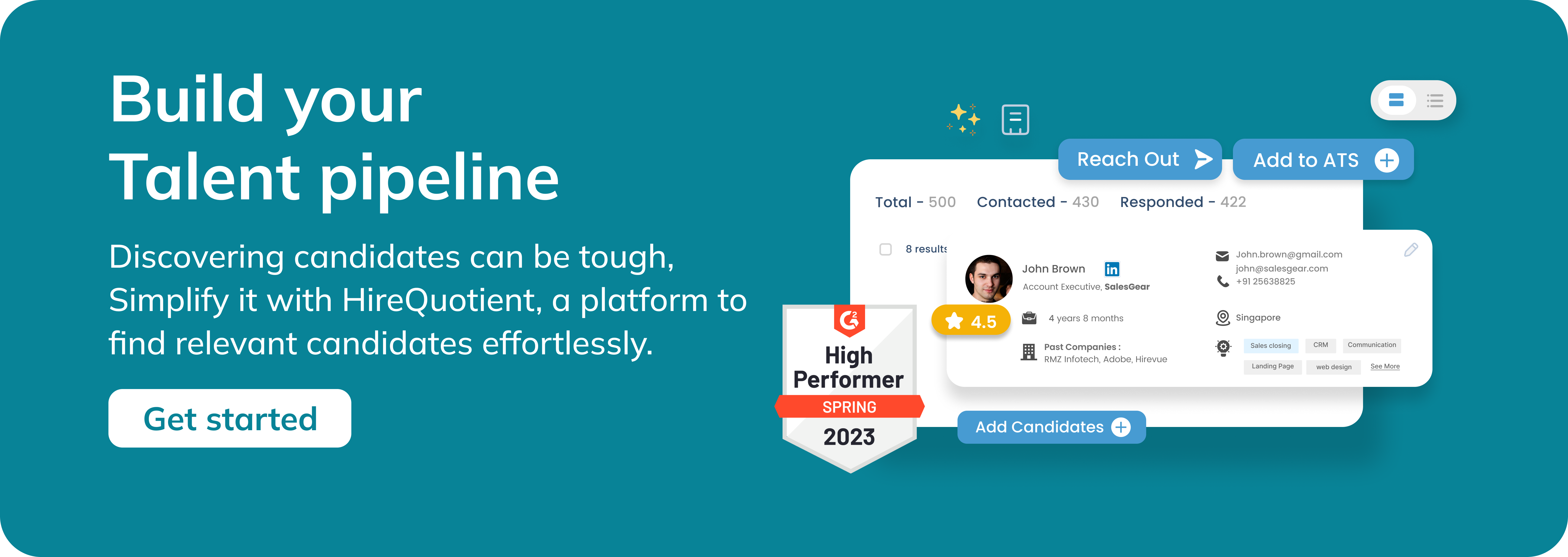The Secret to Finding Top Talent: Unlocking the Potential of Job Descriptions
Published on September 1st, 2023
Every recruiter and business owner aspires to attract top talent to their organization. Yet, many overlook that the key to capturing these exceptional individuals often rests in the nuances of job descriptions. Let's take a closer look into why well-written job descriptions matter. They're not just lists – they're your company's first impression for potential top candidates.
4 Common Mistakes in Job Description Writing
Neglecting the details in job postings can deter top talent, turning job seekers away with vague titles and unrealistic expectations. Top mistakes to look out for when crafting effective job descriptions include:
Overlooking Importance
Many companies treat job descriptions as just a checkbox in the recruitment process. They recycle old descriptions without giving much thought to how the role might have evolved or what new skills might be needed. This often results in attracting candidates who aren’t a good fit for the current demands of the role.
Ambiguous Titles
Using titles like "Specialist" or "Manager" without specifying the area of expertise or department can confuse potential applicants. Candidates may not understand the role's focus, leading to applications from individuals whose skills don’t align with what you're actually seeking.
Setting Unrealistic Expectations
Asking for qualifications that are too specific or demanding, like requiring a decade of years of experience for a role that, in reality, could be handled by someone with much less. You might scare away perfectly qualified candidates who feel they don't meet the overly rigid requirements, limiting your applicant pool.
Generic Descriptions
Relying on clichéd phrases and generic duties, such as "Must be a team player" or "Responsible for various tasks," without delving into specifics. Top candidates are looking for roles where they can make a real impact. A bland description may alienate these individuals, making them feel the job lacks purpose or challenge.
Addressing these mistakes can not only streamline the recruitment process but also ensure that the candidates who apply are both qualified and genuinely interested in the role.
You may find this Sales Manager job description template or this PA job description template useful.
How to Write a Good Job Description
So, how do you write a job description that will stand out to high-caliber candidates?
Clear Job Titles
Being specific helps. While "Manager" is concise, "Digital Marketing Manager for E-commerce" is much more targeted. A clear title instantly gives a prospective applicant a sense of the role's domain, ensuring that those with relevant experience are more likely to apply.
Duties and Responsibilities
It's crucial to detail tasks but priorities the most important ones. Avoid overwhelming potential candidates with too much granular detail. A well-structured duties section helps candidates quickly gauge the core responsibilities of the role, helping them assess if it aligns with their expertise.
Skills & Qualifications
Not only should you list essential skills or accomplishments, but occasionally emphasise soft skills and personality traits like “Strong collaborative spirit” or “Innovative thinker”. Including both hard and soft skills gives a rounded view of the role, allowing candidates to understand both the technical requirements and the interpersonal dynamics expected.
Company Culture & Work Environment
Highlight what it feels like to work at your company. By painting a clear picture of your company's culture, you're attracting candidates who resonate with your values, ensuring a better fit and potentially increasing retention rates.
Why not read this article on tips & tricks for writing job descriptions for more information. This article on writing a Chief of Staff job description also contains many useful tips that can be applied to many higher level positions, such as involving leadership in reviewing job descriptions.
Why Company Culture Matters in Job Descriptions
A study by LinkedIn Talent Solutions highlighted that 70% of professionals in the US would not work at a leading company if it meant they had to tolerate a bad workplace culture. The modern workforce, especially millennials and Gen-Z, are not just looking for a paycheck. They want a place that aligns with their values, offers growth, and maintains a positive work atmosphere. Highlighting your company's culture in your job descriptions will draw in those who'll thrive and stay.
How to Tailor a Job Description for Different Platforms
In today's digital age, one size doesn't fit all. The job description you post on LinkedIn might need tweaking before it goes up on Indeed or a niche job board. While the core content remains the same, the presentation might differ.
On platforms frequented by younger demographics, like TikTok, infusing a bit more informality and emphasizing perks like “flexible schedules” or “team retreats” can be beneficial. However, on platforms like LinkedIn, where HR professionals linger, a more detailed and structured description focusing on growth paths and technical qualifications might yield better results. Always consider where your posting will be viewed, do your research into this platform, and adjust accordingly.
Feedback Loop: Learning from Past Postings
One of the most underrated practices in crafting job descriptions is revisiting and revising. Instituting a feedback loop can be game-changing. After every hiring process, gather insights, such as:
- Did candidates mention that something in the job description was unclear?
- Did they highlight a particular perk or aspect of the job that drew them in?
This continuous feedback can not only refine your current job descriptions but also provide a rich foundation for future postings. Also, it’s a great practice to revisit job descriptions for long-standing positions annually. The role might have evolved, or there might be new perks or tools associated with it.
By being proactive and considering your job description as a living document, you can ensure that it's always in its most effective form, ready to attract the top talent that the role and your company deserve.
Authors

Pankaj Deshmukh
Pankaj Deshmukh is a digital marketing professional working with HireQuotient. He strongly believes in the never-ending process of learning and stays updated with the latest trends in order to produce valuable content.

Hire the best without stress
Ask us how
Never Miss The Updates
We cover all recruitment, talent analytics, L&D, DEI, pre-employment, candidate screening, and hiring tools. Join our force & subscribe now!
Stay On Top Of Everything In HR


